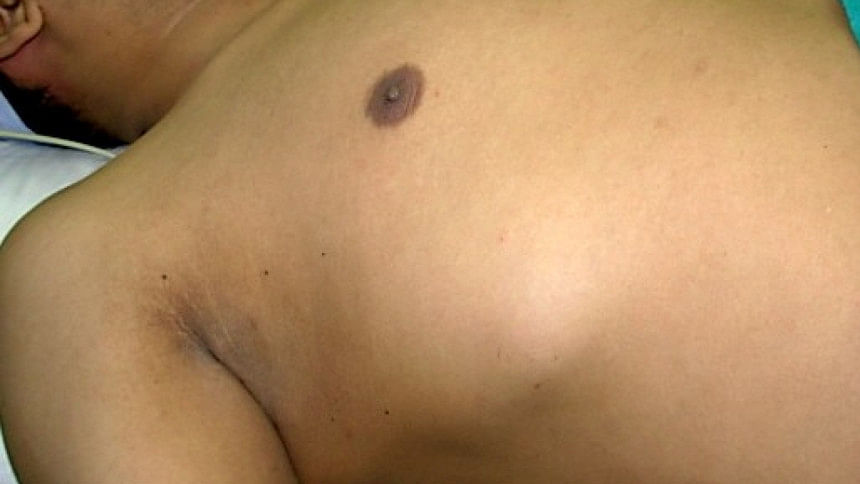Pus in the chest may cost you your life!

In many developing countries, thousands unknowingly suffer from a life-threatening condition—pus collection inside the chest around the lungs, medically known as empyema thoracis. Due to lack of awareness, late diagnosis, and inadequate treatment, this disease often leads to irreversible lung damage or death.
How to identify it: Patients with pus inside the chest typically experience prolonged fever that worsens in the evening, excessive sweating, a frequent urge to cough with little or no sputum, and sharp chest pain—especially on the affected side. If you have recently recovered from pneumonia or chest trauma but still have a persistent cough and fever after a few weeks, do not ignore the symptoms.
A chest X-ray should be done—preferably in a standing position—to check for signs of fluid or whitening of the lung. If there is any suspicion of pus collection, a chest ultrasound is the next essential step. It helps confirm the presence and volume of fluid or pus and guides the proper treatment plan.
What causes it? The most common cause is infection—particularly pneumonia or tuberculosis. These infections lead to fluid buildup in the pleural space (the area between the lung and chest wall). If the fluid is not promptly treated, it can become infected and turn into pus.
Tuberculosis (TB), in particular, plays a major role in developing countries. If more than 500 ml of fluid collects due to TB and is not properly drained, the risk of it turning into pus increases.
Chest injuries from accidents that cause internal bleeding can also lead to pus formation if the blood is not drained in time. Rare causes include rupture of liver abscess into the chest cavity, injury or perforation of the food pipe, complications from spine infections, or lung surgeries that result in broncho-pleural fistula (BPF)—a severe complication where pus leaks from the lungs into the chest.
What to do if you suspect pus in the chest? The first step is to seek help from a thoracic or chest surgeon. General physicians or paediatricians may not have the expertise to manage this condition effectively, and delays can cause the lung to collapse or become permanently damaged.
Treatment strategies: If caught early, a chest tube can be inserted to drain the pus. Medications like streptokinase or urokinase may be used to dissolve internal partitions that trap the pus—a process known as fibrinolysis. If this does not work, a minimally invasive procedure using a telescope (thoracoscopy) may be required to break the internal walls and allow proper drainage.
In chronic or neglected cases, open surgery called empyema decortication becomes necessary. This involves removing thick pus layers and fibrous tissue that compress the lung, allowing it to re-expand and function again.
Avoid mismanagement: One major concern is inadequate drainage—especially in children—when small needles or narrow tubes are used over several days. This incomplete removal of pus may lead to persistent infection or BPF, making the condition worse.
Final advice: Empyema thoracis is preventable and treatable—but only if diagnosed early and managed by specialists. If fever, cough, and chest pain persist beyond a few weeks after pneumonia or TB, get imaging done and consult a thoracic surgeon immediately. Timely action can save your lung and your life.
The writer is a Senior Thoracic and Cardiovascular Surgeon at Indraprastha Apollo Hospitals, Sarita Vihar, New Delhi. E-mail: [email protected]

 For all latest news, follow The Daily Star's Google News channel.
For all latest news, follow The Daily Star's Google News channel. 



Comments